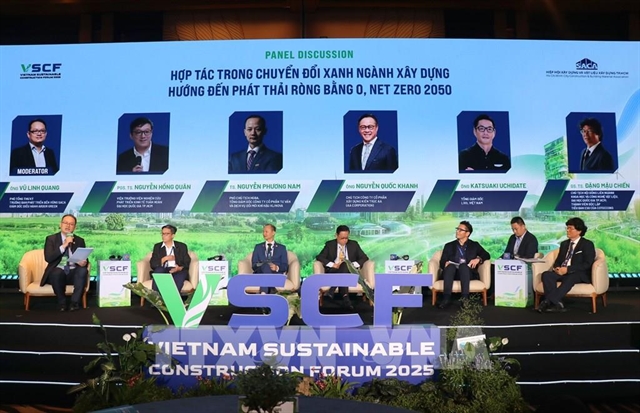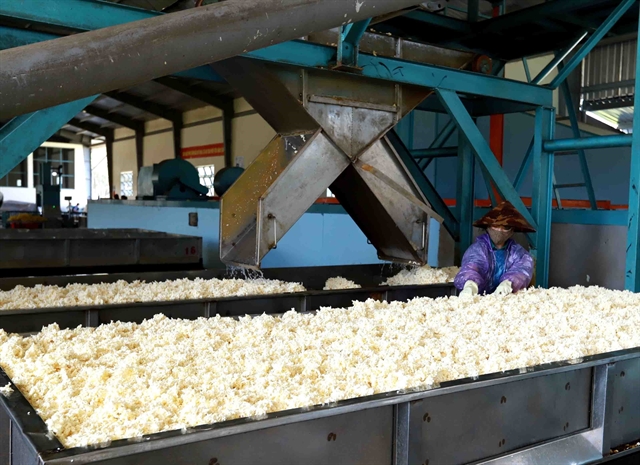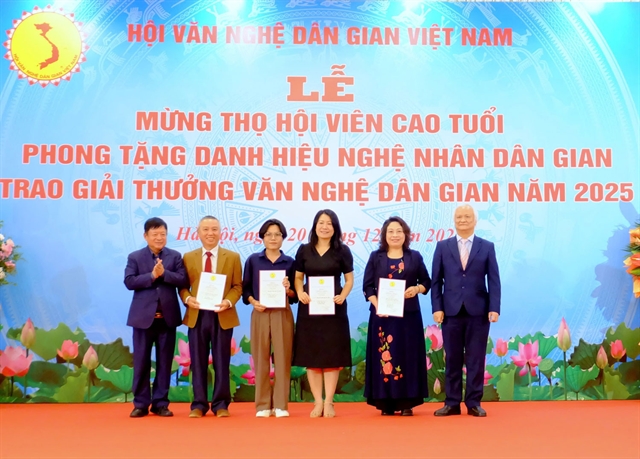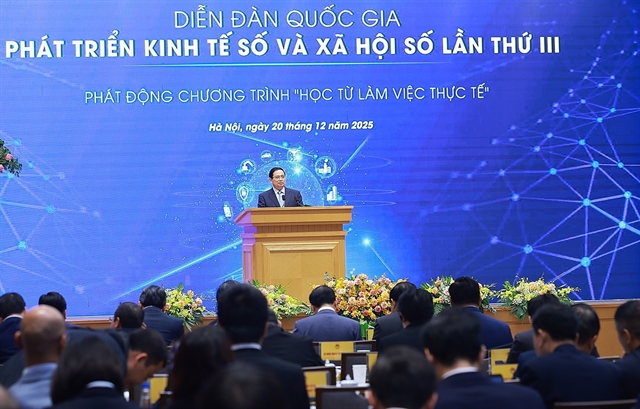 Economy
Economy
.jpg)

|
| Rubber latex processing line at the factory of Chư Păh Rubber Co Ltd in central highlands province of Gia Lai. — VNA/VNS Photo Vũ Sinh |
HÀ NỘI — Global value chains were an indispensable way for local firms to build and develop brands, said Lê Hoàng Tài, deputy director of the Việt Nam Trade Promotion Agency (VIETTRADE).
Tài told the conference that international trade had seen the establishment of global value chains with active participation of not only developed countries but also developing ones and emerging economies.
“With developing countries like Việt Nam, global value chains help them gradually join the production network and take advantage of trade, thus accelerating the industrialisation process. Taking part in the chains helps firms gain a foothold in the global market,” he added.
Việt Nam’s economy in general and its industrial sector in particular has seen positive changes in the past few years. According to a report from the General Statistics Office (GSO), the country’s GDP in 2018 rose by 7.08 per cent from the previous year. This was the highest growth since 2008. The industrial sector maintained a growth rate of 8.79 per cent, accounting for 28 per cent of GDP.
The index of industrial production (IIP) in 2018 posted a 10.2 per cent year-on-year increase. Manufacturing and processing continued to be the main momentum for the industrial sector’s growth.
He said both local and foreign investors had put their trust on the stability of Việt Nam’s marco-economy and continue their strong investment into industrial sector.
Some big projects include the Vinfast automobile manufacturing complex with total investment of VNĐ35 trillion (US$1.5 billion) and the $1.2 billion LG Innitek Hải Phòng plant.
GSO figures showed that last year, the processing and manufacturing sector attracted the highest FDI capital of $9.06 billion, accounting for half of total registered investment.
The presence of many big multinational companies in Việt Nam such as Samsung and LG would create opportunities for Vietnamese firms to join the global value chain.
Samsung Việt Nam needed 500 suppliers by 2020, showing the potential for local firms to join the global value chain.
However, Trương Thị Chí Bình, vice chairwoman cum general secretary of the Việt Nam Association for Support Industry (VASI), said Việt Nam’s electronics sector had shortcomings such as high input costs including taxes, fees and bulky production. In addition, many small-and-medium sized enterprises had been unable to serve big orders due to a lack of completed production process.
The Government should prioritise policies to call for both domestic and foreign investments into production. — VNS
.jpg)



